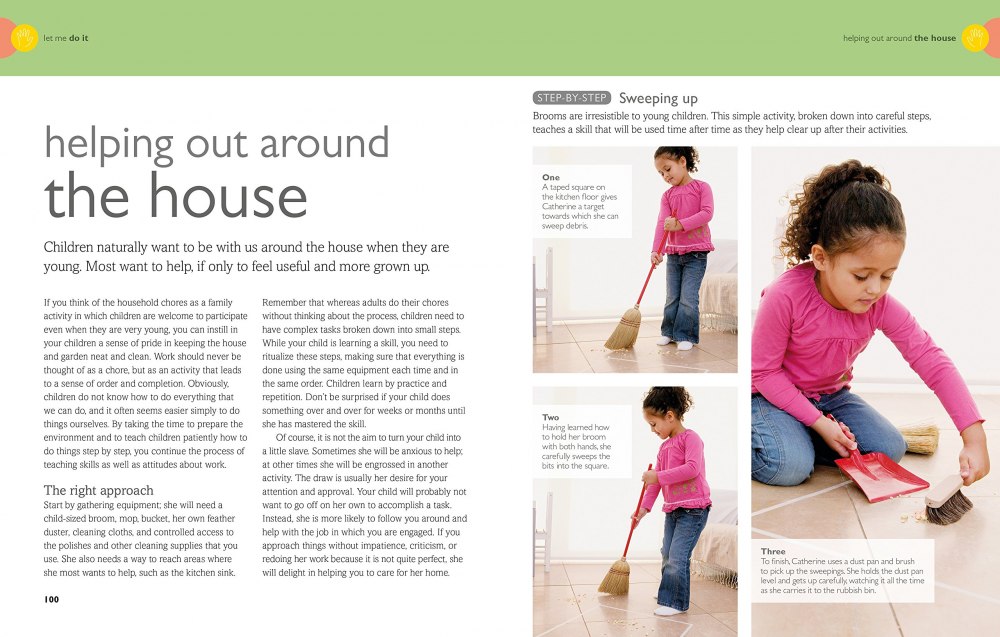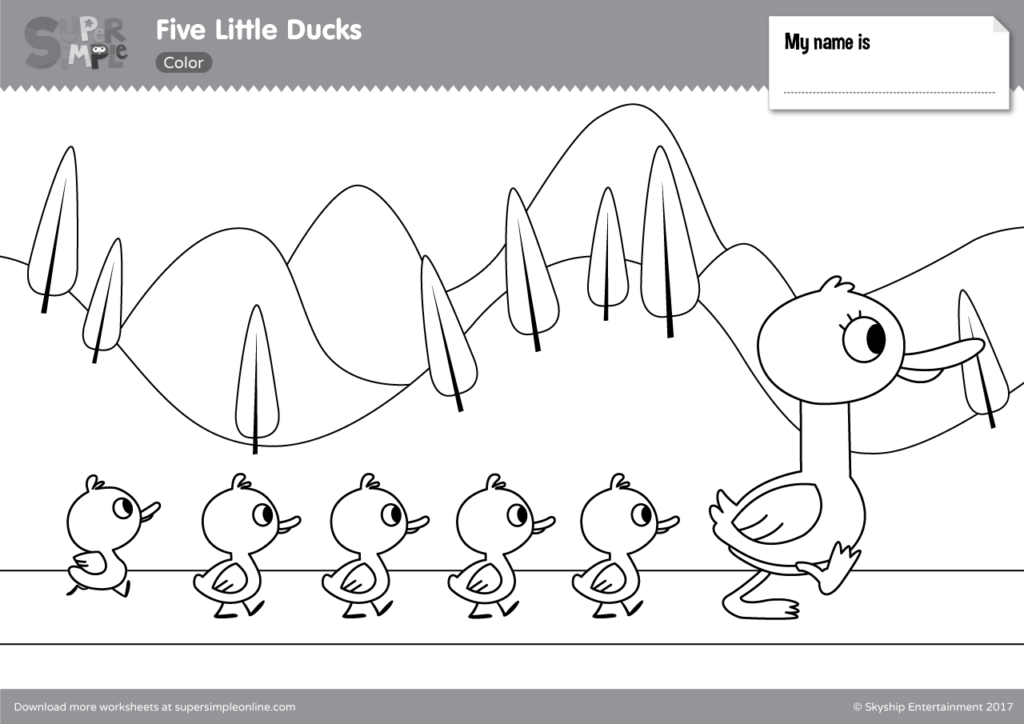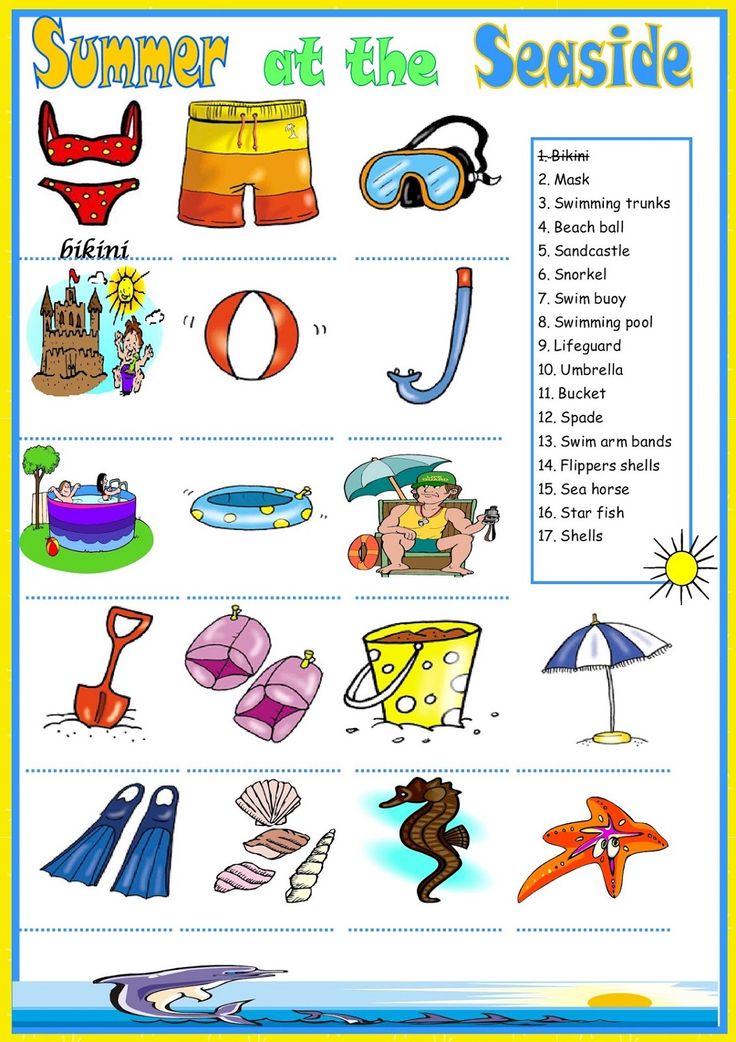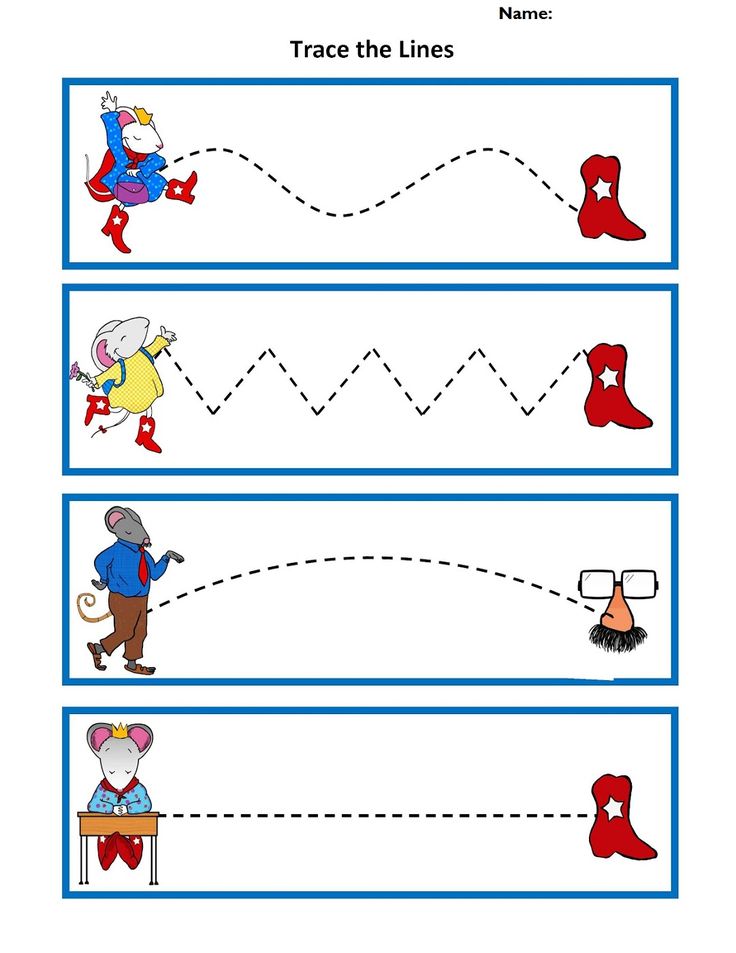How to teach a skill
Four Steps to Help You Teach Any New Skill to Your Team
Have you ever noticed how beautiful a soft serve ice cream cone looks when created properly?
By Dave Chace
Have you ever noticed how beautiful a soft serve ice cream cone looks when created properly? It’s all nice and symmetric…and topped with a little curly swirl, just for panache. Have you also noticed that if you try to do it yourself, the results more closely resemble a gift the neighbor’s dog leaves on your lawn?
Dave Chace ([email protected]) is
president of Training Allies, a CE-focused
training firm in Philadelphia.
As a teenager I worked at a fast food joint that offered soft serve cones, and the manager taught me how to do it the right way. He was a nice guy who spent a good chunk of time explaining the process, then showing me how–and then guiding me as I fumbled through my first few attempts.
Home integration is more complicated than making the perfect ice cream cone and happens to involve a relentlessly changing skill set and substantial employee turnover–a daunting equation. Yet a poorly trained team is a recipe for disaster. So it makes good sense to consider carefully just how good you (or your leaders) are at teaching your people new skills.
Training versus Education
You may think “training” and “education” are the same thing, but they’re not. Education typically refers to the teaching of information; whereas, training refers to imparting specific skills or behaviors, with the goal being for the learner to properly execute those skills on their own later. The difference is important, because each requires a different approach in order to be effective. Taking the wrong approach–despite the best of intentions and investing considerable time–can lead to unsatisfactory results.
The Steps
Teaching a new skill is relatively easy, and involves four simple steps:
1.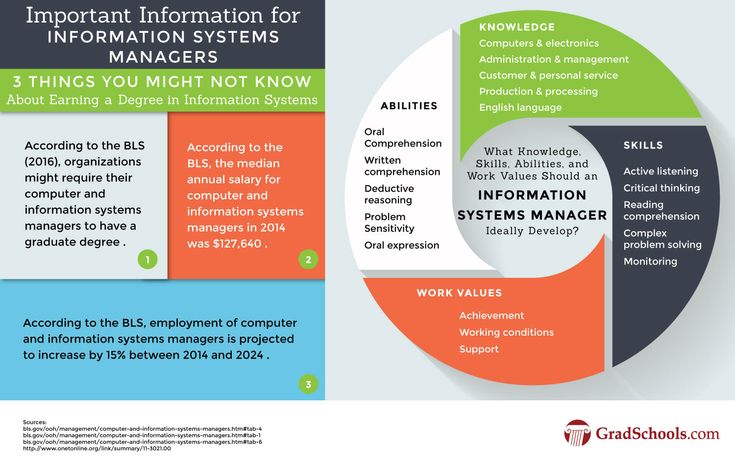 Tell them what they’re going to learn
Tell them what they’re going to learn
2. Show them how it’s done
3. Let them do it
4. Review how they did
Tell, Show, Do, Review. It’s simple, and it’s also critical that you make sure not to miss any of the steps.
Tell Them What They’re Going To Learn
Home integration is more complicated making the perfect ice cream cone and happens to involve a relentlessly changing skill set and substantial employee turnover–a daunting equation. Yet a poorly trained team is a recipe for disaster. Begin by giving them the goal of the training (or “learning objective” as trainers like to say). For example, “You’re going to learn to properly terminate fiber optic cable.” As human beings, we like to know where we’re headed. Having that goal in mind puts the interim steps in context, which helps us absorb them.
Show Them How It’s Done
Next, clearly demonstrate step-by-step how it’s done.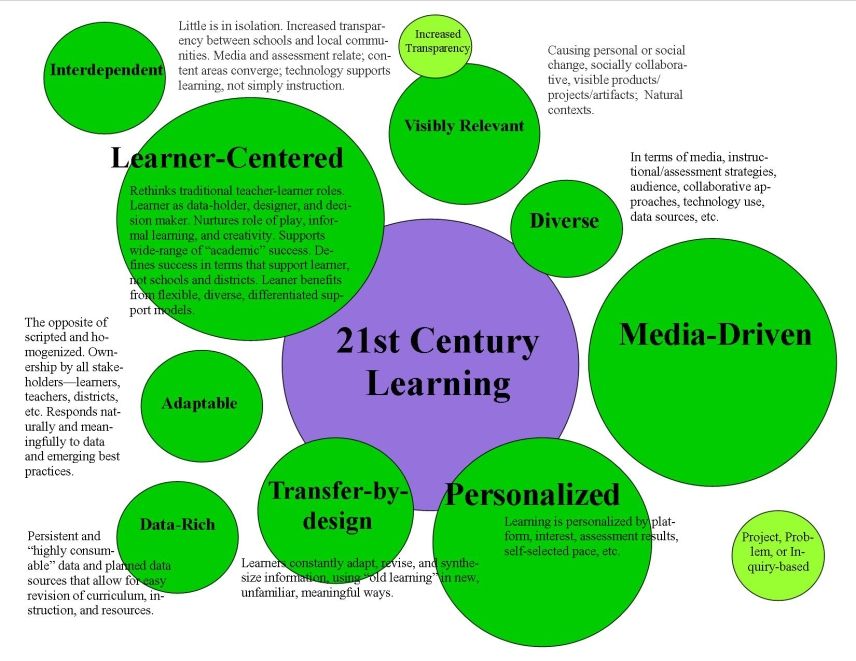 Demonstration provides a visual model people can refer to in their mind’s eye as they try the skill for themselves. It’s approximately 1,000 times more effective than simply explaining how it’s done.
Demonstration provides a visual model people can refer to in their mind’s eye as they try the skill for themselves. It’s approximately 1,000 times more effective than simply explaining how it’s done.
Make sure you provide a successful model when demonstrating a skill. If you make mistakes, the trainee will think, “He’s a pro, and even he can’t do it. I’ll never get it.”
It also helps to explain why you’re doing something. For instance, “Notice that I keep the drywall saw at an angle to the wall as I cut. This prevents the piece from falling into the hole.” People tend to get stuck when they���re left wondering “why,” as anyone with small kids will readily understand.
Let Them Do It
When the trainee tries a skill for the first time, he/she might be apprehensive. It helps to have them recite the steps, in order as they go, because retention increases when we think and talk our way through a subject. You shouldn’t recite the steps to them–that helps only you.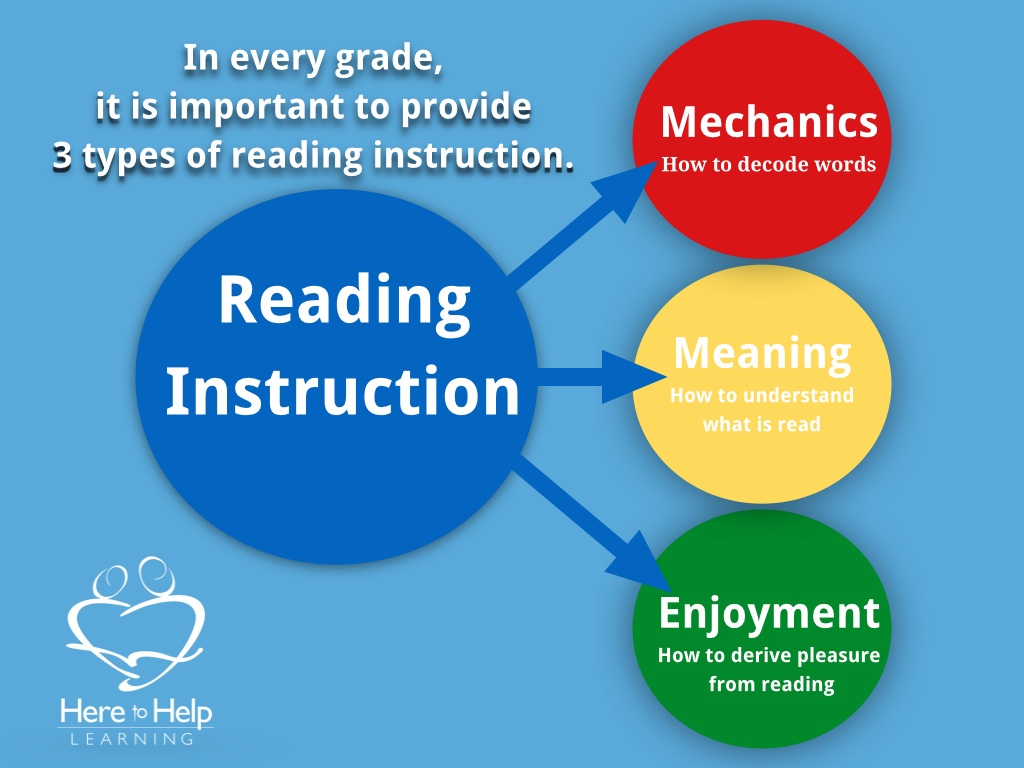 Also, offer encouragement as they try the skill, but don’t give advice unless they’re totally lost. Jumping in says to them, “You can’t do this without me,” which is discouraging.
Also, offer encouragement as they try the skill, but don’t give advice unless they’re totally lost. Jumping in says to them, “You can’t do this without me,” which is discouraging.
Review how they did
Everybody blows this step. Typically the first impulse is to dive in and say, “Here’s what you did wrong…” which makes the trainee think, “I knew I couldn’t do it!” When learning new skills, there’s no such thing as constructive criticism.
Instead, the trainee should review his own performance. Just ask him/ her to answer these two key questions:
1. “Think about the process you learned. Now, what steps did you do well?”
2. “Is there anything you would do differently?”
To answer, they must mentally review the steps and how well they did each, and decide how to improve–a very powerful exercise.
Be sure to congratulate them on what they did well. If they did part of the skill poorly, ask them to redo it, and give them some guidance, for example, “I’d like you to try cutting in another ceiling speaker, only this time hold the saw like this.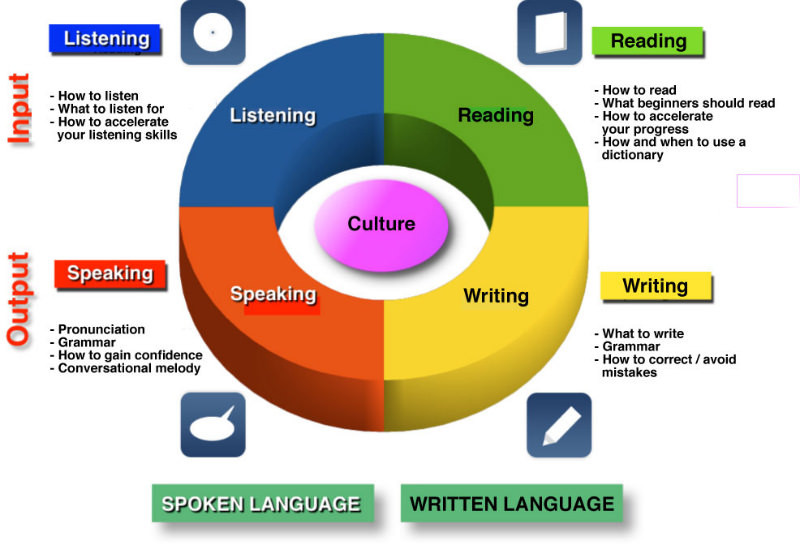 ”
”
Finally, be sure to end on a positive note by praising even small improvements. Don’t wait until they’re flawless before you offer a compliment. Praise progress, not perfection.
Subscribe
For more stories like this, and to keep up to date with all our market leading news, features and analysis, sign up to our newsletter here.
Teaching the steps of a skill
FutureLearn uses cookies to enhance your experience of the website. All but strictly necessary cookies are currently disabled for this browser. Turn on JavaScript to exercise your cookie preferences for all non-essential cookies. You can read FutureLearn's Cookie policy here.
Watch the video describing how a teacher could teach teamwork step 1 in the classroom.
View transcript
13.6
The teacher has done her preparation by looking through the information that you’ve just read and discussed and made a plan based on that.
32.3
The teacher asks the learners to think about what the word behaviour means to them.
44.4
Younger learners will probably link this to being well-behaved, which is definitely part of it. But it’s not the whole picture. So it’s important to encourage them to think about what this looks like.
62.2
Next, learners should think about what behaviours are never acceptable.
73.2
They are likely to start by thinking about the school rules. This is a helpful example.
84.6
But the teacher could challenge them on whether these same laws would apply in their homes and ask them for examples.
102.7
This can open up the conversation to how different behaviours may be appropriate in different places.
113.9
And learners can identify how they behave differently in different settings.
131.4
This step is suitable for reinforcing in the classroom as a set of behaviour norms. The teacher can also highlight the differences between appropriate behaviour at break time and during learning time to help learners recognise them.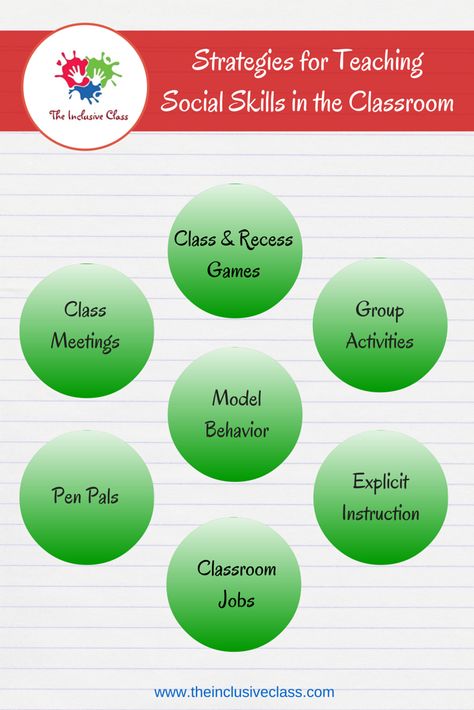
151.8
Assessing this step can be done by observing students behaviour over time to see if they can identify and follow norms of behaviour in different settings.
Watch the video describing how a teacher could teach teamwork step 1 in the classroom.
Do you remember the building blocks that she wants to focus on?
The building blocks are learning:
- what behaviour means
- behaviour which will never be appropriate
- how appropriate behaviour might vary.
What questions does she ask to guide the students towards these?
A pdf document containing the slides from the video is available below under ‘Downloads’.
This article is from the free online
Teaching and Assessing Core Skills
Created by
Join Now
Unlock access to hundreds of expert online courses and degrees from top universities and educators to gain accredited qualifications and professional CV-building certificates.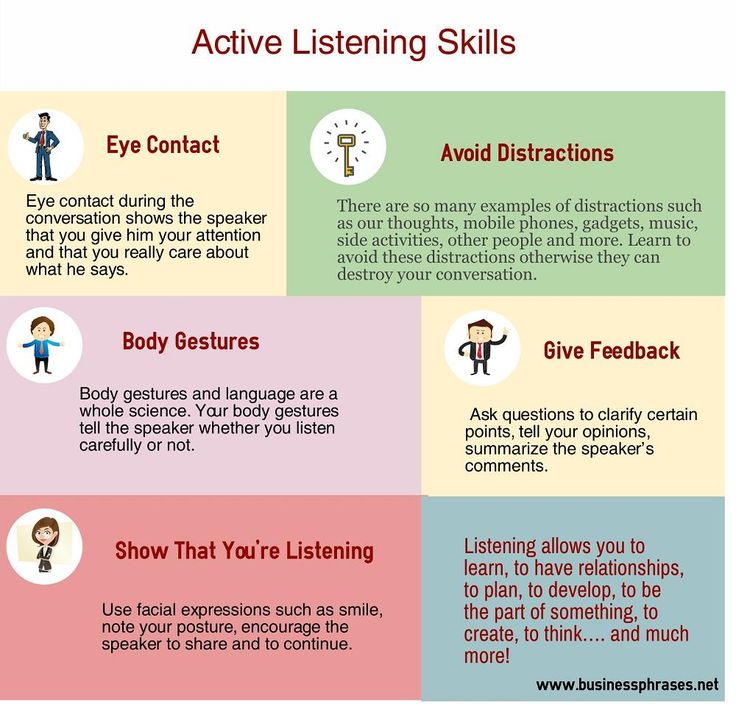
Join over 18 million learners to launch, switch or build upon your career, all at your own pace, across a wide range of topic areas.
Start Learning now
How to Learn a New Skill - DTF Guides
Well, here we go, my first article - How to Learn a New Skill. With advice, moral dilemmas, awesome illustrations and grammar holes.
4495 views
To learn something, divide learning into 5 stages. This will help you master the new skill faster. But, if you have already started, look at what stage you are at now and change your approach. I hope this will help you quickly master your favorite business or find a hobby.
Stage 1 - somehow
Start practicing as soon as a thought arises. Choose the nearest place, put down the right tool, start at least on a napkin. If you don’t have a tool, borrow it from friends or rent it.
The sooner you start, the sooner you will overcome the entry threshold.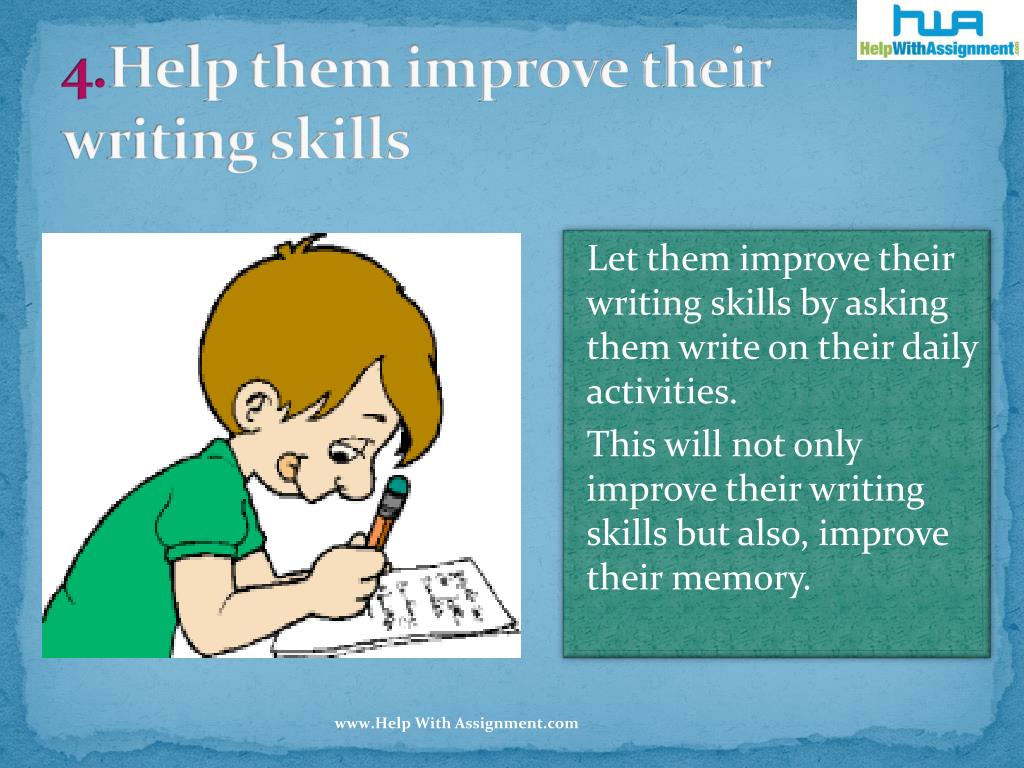 Quality and time spent is not important. Let it be at least 10 minutes. The main thing is to start. A convenient moment will not appear, you will always need to: work, go to the store and answer mail.
Quality and time spent is not important. Let it be at least 10 minutes. The main thing is to start. A convenient moment will not appear, you will always need to: work, go to the store and answer mail.
The main enemy at the first stage is quick pleasures. Going to the movies is more fun than watching instructional videos. The pleasure of a new skill will not come soon, but believe me, if you do not despair, you will get such a feeling of satisfaction that everything else will not matter.
Stage 2 - regularity
Well, everything is clear here. Do your “somehow” regularly to instill a new habit.
It's harder than it looks. Try to put yourself in the framework and reward regularity. For example, do not take money for the return trip to get home on the board. Promise yourself to buy coffee if you complete an illustration for a friend. The higher the reward and the hopeless situation, the better.
Stage 3 - Quality
When you start to feel comfortable in a new skill, half a year, a year will pass.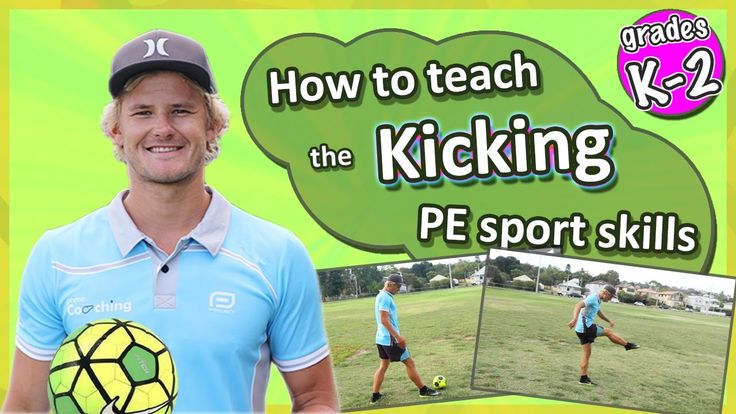 Start working for quality: do the same, but higher and better. Give the skill more time.
Start working for quality: do the same, but higher and better. Give the skill more time.
Update the tool - it will help the progress. Drawing on a brand new tablet is more pleasant than on paper. By this time, you will have experience that will tell you which function, form or style suits you best.
Stage 4 - Accuracy
Perfect one of the aspects so that in any situation, it turns out consistently cool, and exactly the way you like it. For example, draw a person exactly in the perspective that you intended. Or fly through the span and stretch out the way you intended. Find your style and develop to perfection.
Stage 5 - Speed
Last step. When you've learned everything you want to, start picking up the pace. Do the same trick, but at a higher speed. Sketch - not in five minutes, but in two. Quality gradually return to the same level as at a comfortable speed.
This is the longest stage - in some aspects it will develop even if you do not pay attention.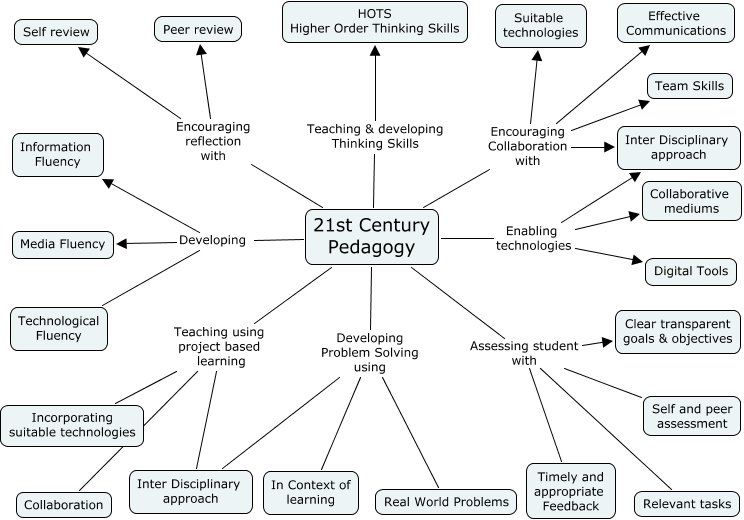 It is important to understand where speed is important and where not.
It is important to understand where speed is important and where not.
Short
- Start anywhere, on anything.
- Repeat regularly.
- Upgrade the tool to professional.
- Perfect your favorite moments.
- Increase your speed.
P.S.
Don't be shy about outsiders' opinions when trying something new. People who assert themselves on other people's failures are just notorious passive-aggressive plankton.
Be useful and don't be afraid!
Illustrations were drawn by my girlfriend — @nocrwls.art
How to learn anything in 20 hours — Offtop on vc.ru
{"id":13879,"url":"\/distributions\/13879\/click? bit=1&hash=808a0c530ec912825ba626c7cd84497e1041fd8d717a0e885b6a31d33a4b2d2a","title":"\u0417\u0430\u0447\u0435\u043c \u00ab\u0410\u0432\u0438\u0442\u043e\u00bb \u043d\u0430\u0437\u043d\u0430\u0447\u0430\u0435\u0442 \u0431\u0438\u0437\u043d\u0435\u0441-\u043a\u043b\u0438\u0435\u043d\u0442\u0430\u043c \u043f\u0435\u0440\u0441\u043e\u04c\u04\u03\b u044b\u0445 \u043c\u0435\u043d\u0435\u0434\u0436\u0435\u0440\u043e\u0432","buttonText":"","imageUuid":"","isPaidAndBannersEnabled":false}
American business Coach Josh Kaufman mastered six new skills in a year: learned to code and wrote two programs in Ruby, relearned touch typing from one layout to another, started doing yoga, learned to play "Chinese chess" Go and the ukulele, and mastered windsurfing. In this book, he wrote The First 20 Hours: How to Quickly Learn... Anything.0003
In this book, he wrote The First 20 Hours: How to Quickly Learn... Anything.0003
9316 views
Josh Kaufman's The First 20 Hours Practice Reading Channel
What is the point
Everyone can learn anything: how to speak Japanese, how to program in Swift, or how to draw portraits. This does not require talent, as many people think, but training and constant practice. In the book, Josh Kaufman tells how to train any skill in 20 hours.
Josh Kaufman plays the ukulele TED
The human brain is plastic and capable of learning new skills through constant repetition. Like a child learning to walk and talk, an adult can learn, from scratch, to ski or crochet. The main thing is to build the learning process correctly.
How to study
Kaufman formulated ten principles for rapid skill acquisition and ten principles for effective learning. I got a detailed training plan.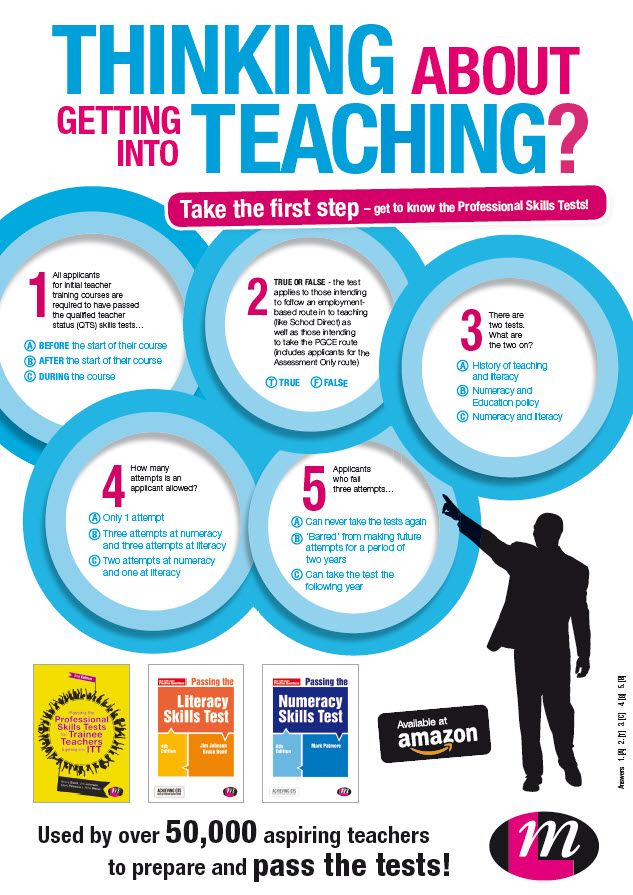 I reduced this list to eight points - I threw out the obvious, combined the similar. The meaning has remained unchanged.
I reduced this list to eight points - I threw out the obvious, combined the similar. The meaning has remained unchanged.
Page from The First 20 Hours
Let's say you want to learn how to create websites. Here's what the plan will look like.
- Select a target. The wording "learn to typeset" is not good. In our case, the goal is a ready-made landing page, “like Business Youth”, for example, or an online store.
- Focus on one skill. Don't try to learn HTML and draw banners in Photoshop at the same time.
- Learn the skill and everything related to it. Find books, instructional videos, or courses. There are plenty to choose from on the Internet: GeekBrains, Yandex.Practice, HTML Academy, and so on. The task is to get an idea of the skill, determine the main elements and the direction of study.
- Break the skill into elements. From simple to complex: first html markup, then style sheets and modular layout.
 And not vice versa.
And not vice versa. - Prepare everything you need for class. At a minimum, you will need a computer and a text editor.
- Exercise on a schedule, in short, intense intervals. Set aside time for regular classes when no one will interfere.
- Develop a feedback system to see mistakes and understand that learning is going according to plan.
- Focus on quantity and speed, not quality. Nothing is perfect the first time. The skill will develop, and mastery will come with time.
Does it work?
The author proves by his own example that yes. He devotes 55 pages out of three hundred to the method itself. Further, Kaufman tells how he wrote programs, learned to play the guitar in 10 days, and how much water he swallowed until he learned not to fall off the windsurfboard.
Page from The First 20 Hours
I was imbued with the book and decided to check it out for myself.